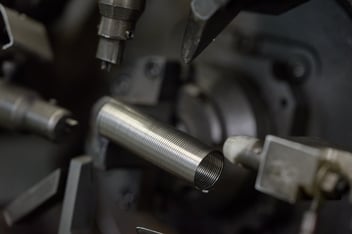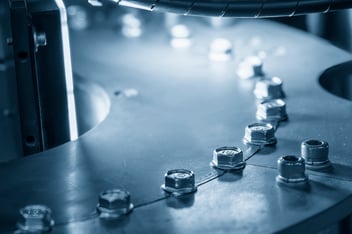The design and integrity of mechanical joints play a pivotal role in minimising the weight of aircraft designs and ensuring their longevity. These joints must withstand extreme conditions whilst being lightweight for fuel efficiency benefits and cost reduction.
Striking this balance is a significant challenge, requiring innovative solutions that avoid compromising on component performance. In this article, we explore the different mechanical joint designs that are commonly used in aerospace applications.
The mechanical challenges facing lightweight aircraft
In the aerospace industry, mechanical joints need to maintain shear strength under heavy loads and withstand extreme environments. Because of the number of mechanical challenges they face, a variety of mechanical joints are used that showcase resilience to specific challenges.
- Extreme vibrations - Structural vibration fatigue is a prominent challenge for aircraft due to the forces and turbulence they face. These vibrations produce cyclical loads of stress that fatigue joints.
- Temperature fluctuations - The extreme temperature fluctuations faced by aircraft put another significant strain on components and mechanical joints. The thermal expansion and contraction of materials can result in wear and potential cracking.
- Considerable loads - High static and dynamic loads through repeated stress cycles can gradually deteriorate the structural integrity of aircraft. As a result, mechanical joints need to exhibit a high shear strength to manage these loads.
- Corrosion - Aircraft face a range of corrosive environments, such as from salt-rich conditions, being sat in storage for extended periods and the risk of galvanic corrosion from the use of dissimilar metals. For components that face the brunt of these corrosive elements, their joining solutions need to be particularly resistant to maintain structural integrity.
- Lightweight - Aerospace designs benefit from being lightweight to maximise fuel efficiency and reduce costs. This necessitates the use of materials like aluminium and titanium, which, while reducing weight, introduce complexities in joint design due to their lower tolerance for stress and susceptibility to wear and corrosion.
Common mechanical joints in aerospace
Bolted joints
Bolted joints describe a simple unthreaded fastening element that is driven through a hole. They are crucial in assembling structural components where high strength and the ability to withstand significant loads are paramount. Their design allows for even distributions of stress, crucial for maintaining the integrity of lightweight materials that are inherently less tolerant to stress concentrations.
Challenges
The primary challenge with bolted joints is their susceptibility to vibrations. In a high vibration environment application, bolted joints can loosen, fatigue and even fracture in extreme circumstances. And with the soft materials of lightweight designs, the impact of vibrations for bolted joints becomes even greater.
Riveted Joints
Riveted joints and aerospace have a longstanding history, being a prominent joining solution since the advent of the aircraft. This is because they offer great durability and fatigue resistance as well as being simple to install. They also do not require heat for the assembly process, helping to preserve the integrity of lightweight materials. This has made rivets a preferred choice for joining critical components like skin panels on aircraft where maintaining a lightweight structure is essential.
Challenges
Unfortunately, riveted joints face the major dilemma of corrosion. Galvanic corrosion in particular greatly diminishes the shear strength of the joint, which is only compounded when joining dissimilar lightweight metals in modern designs. Moreover, the corrosive environments aircraft operate in only adds to this challenge for riveted joints.
Screw Joints
For components requiring regular disassembly, screw joints provide the perfect balance between strength and convenience. Their application in non-structural areas, such as cabin interiors, allows for ease of maintenance without compromising the overall lightweight design ethos of the aircraft.
Challenges
Screw joints in lightweight applications risk wear and thread stripping due to the softer nature of lightweight materials. This is a result of stress concentrations across the screw that can also cause wear and fretting fatigue to the parent materials. This directly leads to a loss of joint integrity which is critical in ensuring the safety and reliability of aerospace components.
Wire thread inserts for high strength mechanical joints: enhancing lightweight aerospace designs
Wire thread inserts are a mechanical joint solution that enhance the strength, durability and reliability of screw and bolt joints in lightweight aerospace applications. They sit between the parent material and fastening element, adjusting radially and axially when the bolt or screw is driven through. This dissipates the tension equally over the entire hole and bolt, increasing the overall strength and reliability of the fastening.
Resistance in extreme conditions
- Wear resistance: Wire thread inserts dissipate the contact stress between the screw and thread. This effectively protects against thread stripping in lightweight materials and enhances overall joint durability.
- Vibration resistance: Wire thread inserts provide a secure fit between the bolt and tapped hole. This is crucial for preventing joint loosening from vibrations in dynamic aerospace environments.
- Corrosion resistance: Wire thread inserts offer excellent corrosion resistance against galvanic corrosion in lightweight, mixed-metal assemblies. This can also be enhanced through the use of nickel-based material compositions to prolong the lifespan of mechanical joints.
Assembly, manufacturing and maintenance benefits
- Maintenance efficiency: Wire thread inserts simplify maintenance through a simple and fast installation and removal process. Tangless designs further improve this by eliminating the presence of FOD that is present with traditional wire thread inserts. With the right tooling, maintenance can be performed quickly and easily.
- Assembly speed: The ease of installation that comes with wire thread insets greatly accelerates the assembly processes. This supports the efficient manufacturing of lightweight aerospace structures and maximises productivity.
- Weight reduction support: By enabling the use of lighter metals without sacrificing joint strength or integrity, wire thread inserts contribute directly to the aerospace industry's lightweighting objectives.
Integrate high-strength and reliable joints with KATO® Advanex
Aerospace represents one of the most demanding engineering industries. Each and every component needs to be resilient and durable, which is especially the case for mechanical joints. And as a solution, wire thread inserts tick all the boxes and more.
At KATO® Advanex, we provide an extensive range of high-performance wire thread inserts in a number of material compositions and surface finishes. We also offer the traditional Tanged wire thread insert as well as our own Tangless® design that minimises debris and maximises productivity.
Our team of specialists can help you find the perfect wire thread insert for your design to take advantage of all the benefits for your mechanical joint. To find out more about our products or to get additional pricing information, contact a member of our team today.
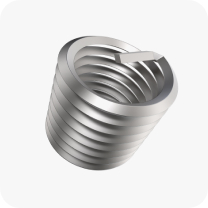
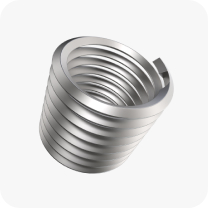
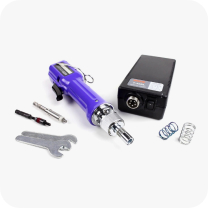
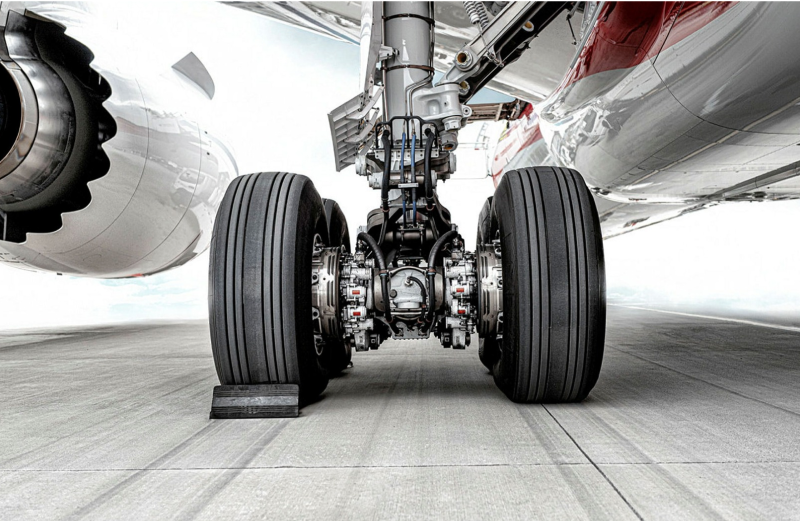
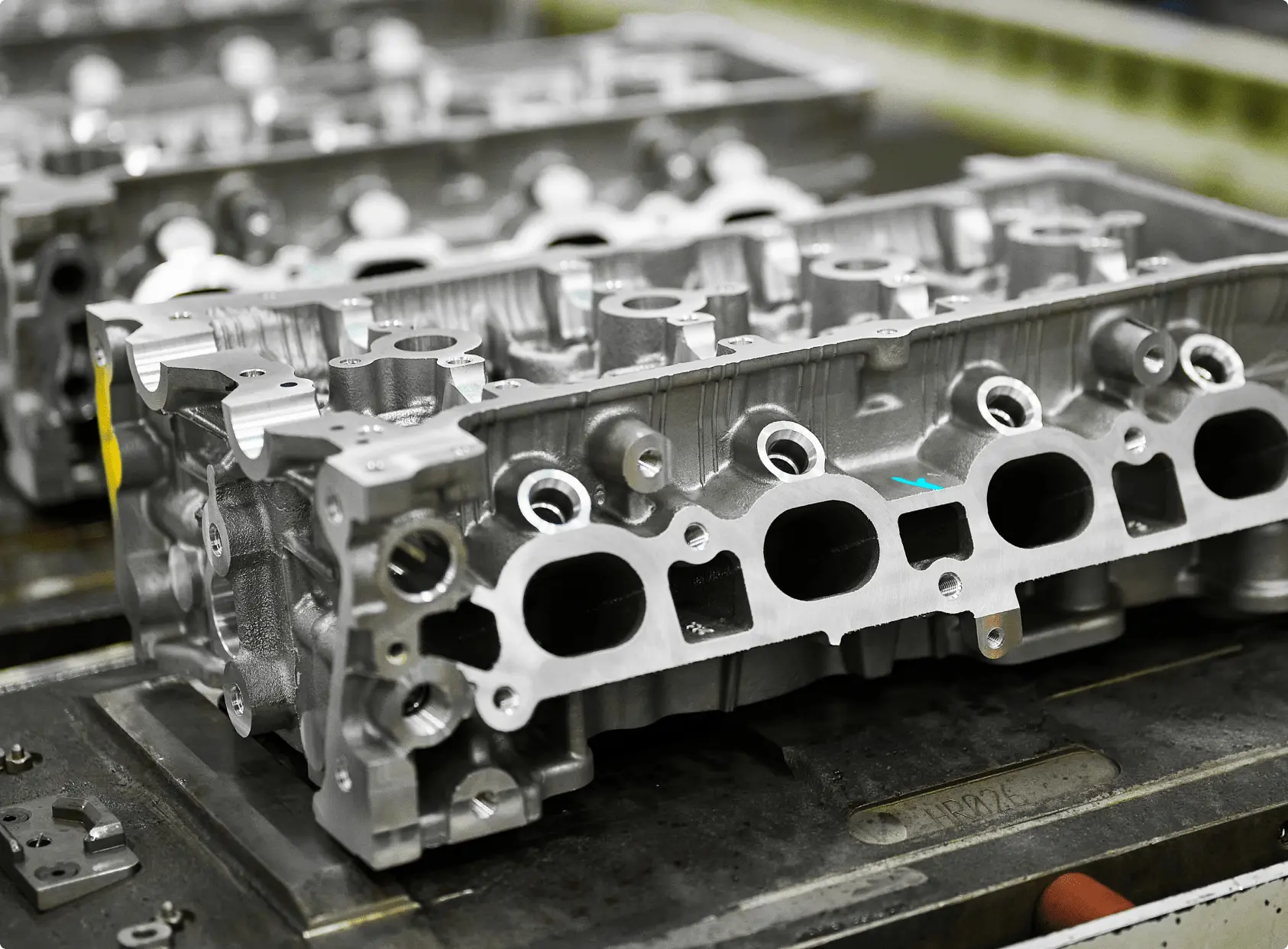
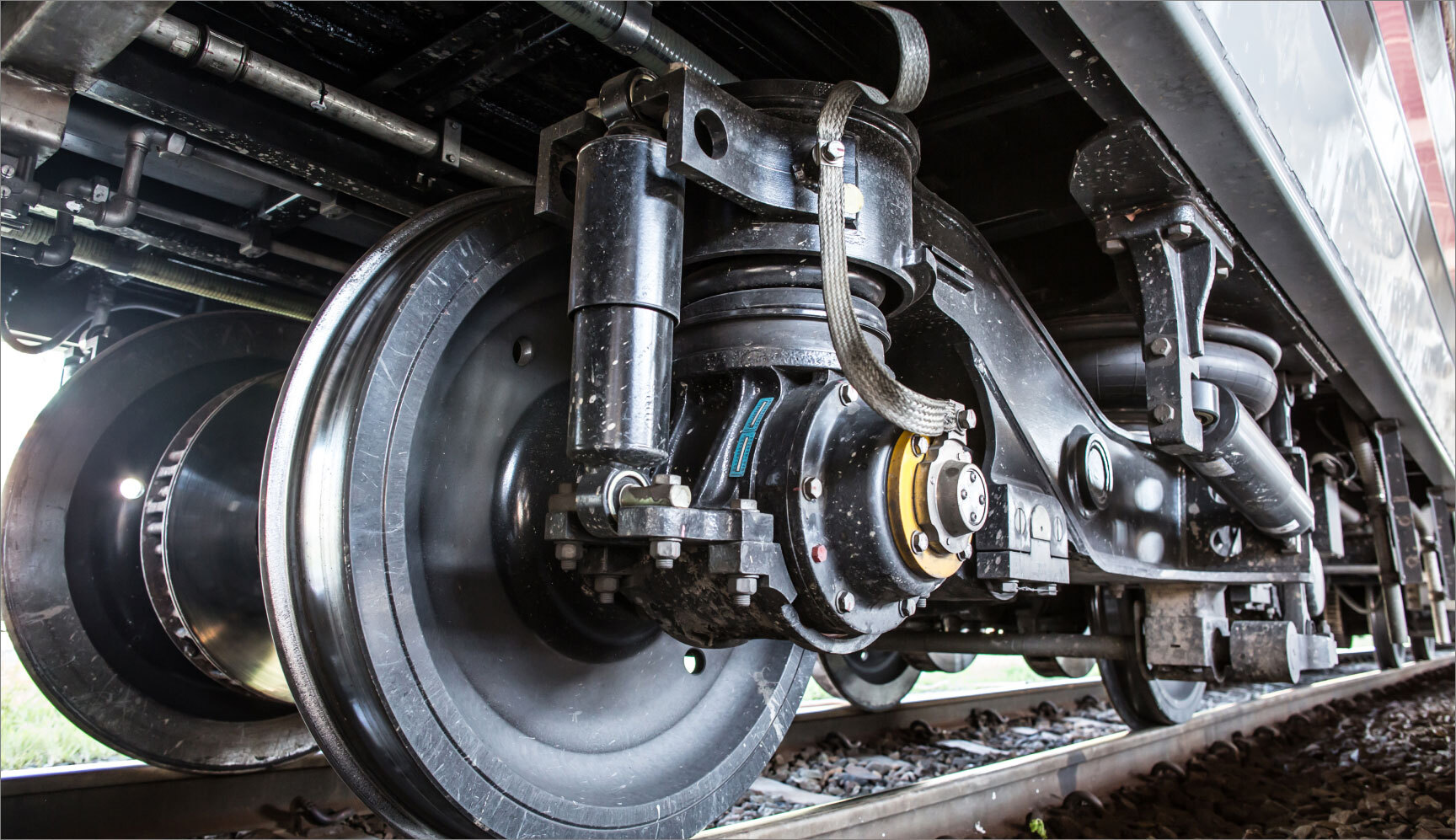


.jpg?width=352&name=Weighing%20medical%20components%202%20(1).jpg)
